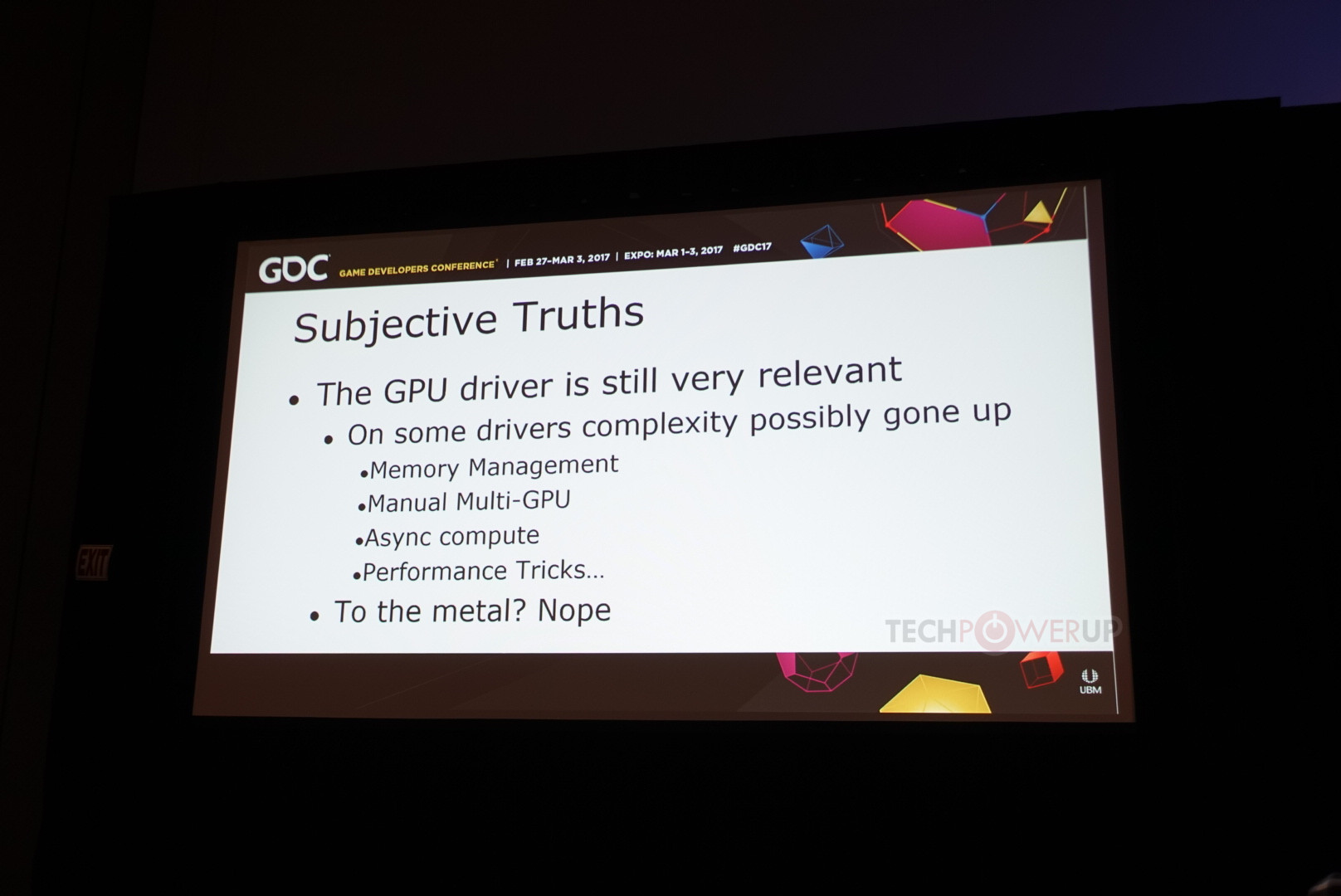Anarchist4000
Veteran
You would suggest software developers test packed math and HBCC support on AMD cards against the Quadro line with pro drivers then? Game developers will want gaming drivers and access to features as early as possible to start development.Can't get any clearer than this, conversely you could argue that it makes no damned sense to market a card for pro graphics and have it ship with gaming drivers.

